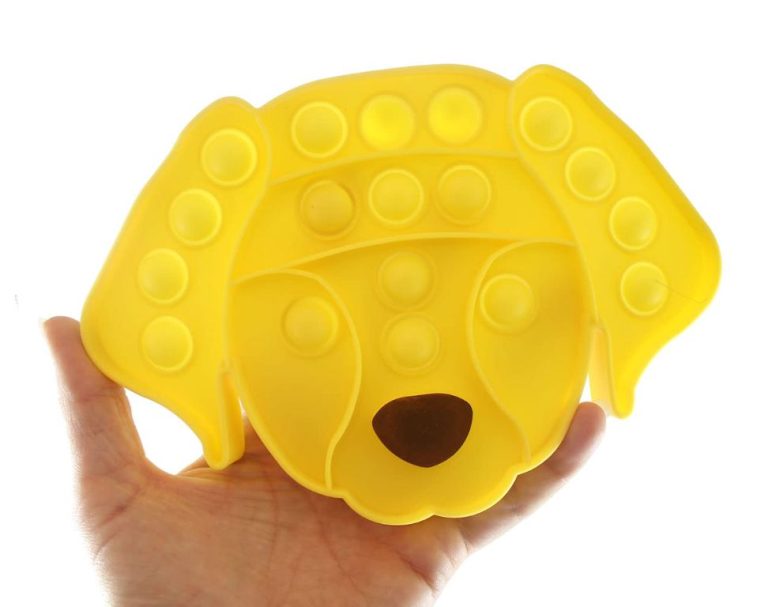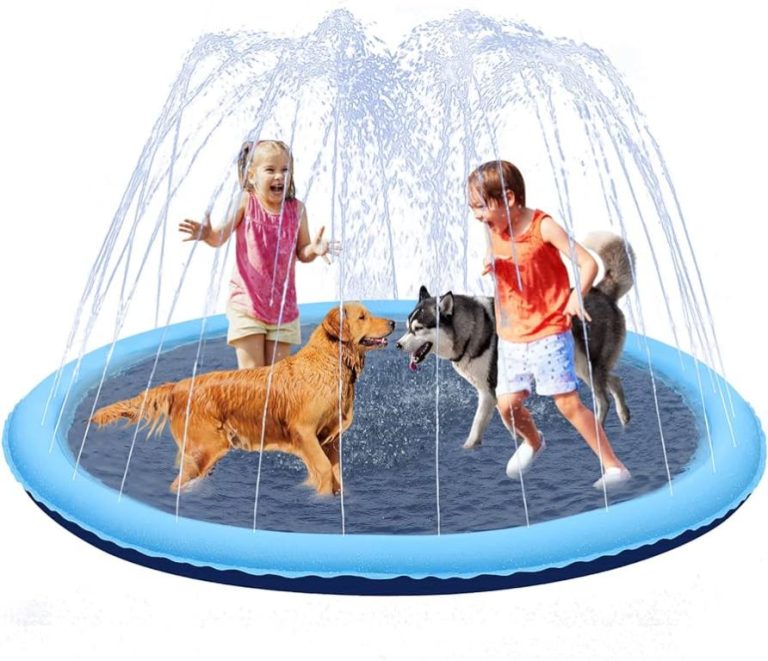Tug Of War: Safe And Engaging Play
Tug of war has ancient origins, dating back over 2000 years as a folk game played across many cultures. As early as the Tang dynasty in China, tug of war was being used for training soldiers. It became popular as a tavern challenge in England in the 1800s. The sport gained international popularity when it became an Olympic event in 1900. Though no longer an Olympic sport, tug of war continues to thrive with clubs and competitions around the world. Today, it remains a fun way to build teamwork and friendly competition.
Tug of war is a simple game that only requires a rope and two teams pulling against each other. It tests strength, stamina, grip, and teamwork. While a serious competitive sport at the highest levels, it can also be an engaging outdoor game for all ages when done safely. It’s ideal for camps, schools, community events, and backyard play. Tug of war provides great exercise and teaches valuable skills like communication, strategy, perseverance, and sportsmanship.
Equipment Needed
To play a game of tug of war, some basic equipment is required. First, you need a sturdy rope. The Tug Of War – Clothing, Accessories & Gear recommends using a rope that is 2.5 to 3 inches thick for adult games. The rope should be made of a strong material like manila, cotton, or hemp and be at least 30 feet long.
You’ll also need some way for players to grip the rope firmly. Many tug of war kits include rope grips or loops for hands and feet. Some players prefer gloves for added grip. You can also make homemade grips by wrapping the rope in cloth or tape.
To set up the playing area, it’s helpful to have field marking chalk or tape to mark the center line. Most games also use two flags to indicate the exact center point. ATHLETIC SPEED EQUIPMENT, INC. sells a complete tug of war kit with belt harnesses, snap links, balls, cones and a center flag.
With a sturdy rope, grip assists, chalk or tape and two flags, you’ll have the basic equipment needed to set up a game of tug of war.
Setting up the Play Area
When setting up the play area for a game of tug of war, there are a few key elements to consider:
The recommended length of the playing area is between 25-30 meters (according to the rules of tug of war, each team can accommodate a maximum of 8 members. However the combined weight of these members should not exceed the total weight permitted for the game).
A center line should be clearly marked in the middle of the rope to indicate the starting point. There should also be two markings placed 4 meters on either side of the center line to indicate the ‘winning’ area for each team. If one team pulls the rope and center mark past the 4 meter mark on their side, they win the game.
The teams should position themselves on opposite sides of the center line, gripping the rope behind the markings. Enough space should be allowed between the teams for full extension of the rope.
The anchor points for each end of the rope should be positioned off the playing area, with team members spaced evenly apart to evenly distribute force (according to Rules of Sport).
Safety Considerations
Tug of war requires precautions to ensure it is played safely and to minimize the risk of injury. Here are some key safety tips:
Age/size of players – Only players of similar age and size should play on the same team. Mixing much larger or stronger players with smaller players increases the chance of injury (https://www.ncbi.nlm.nih.gov/pmc/articles/PMC4228823/).
Anchor points for rope – The rope should be anchored securely on both ends to an immovable object like a tree trunk using a tight knot. Anchoring to unstable objects can result in falls (http://www.tugofwar.co.uk/media/3b96e95eb7a71a0ffff8512d4355564.pdf).
Adult supervision – Adult supervision is a must, especially with younger players. Adults can spot and prevent unsafe practices. They can also respond quickly in case of injury (http://www.tugofwar.co.uk/media/3b96e95eb7a71a0ffff8512d4355564.pdf).
First aid preparedness – Have a first aid kit on hand and know where the nearest medical facilities are located in case of injury. Though rare, severed fingers and other serious injuries can occur (https://www.cbsnews.com/news/tug-of-war-can-be-a-dangerous-game-expert-warns/).
Game Rules
The judge starts and ends each pull of the rope during a tug of war match. According to the Basic Tug of War Rules, the judge gives three commands:
“Pick up the rope” – players pick up the rope and start pulling
“Take the strain” – no more slack allowed in the rope, pulling starts
“Pull” – the real pulling starts until one team goes over the center line.
During each pull, players’ feet must stay behind the line at all times. Stepping over the line results in a foul. Other fouls include handling the rope in an irregular manner, sitting during a pull, and using gloves or resin.
The match is won when one team pulls the middle marker over their line. The first team to win two out of three pulls wins the overall match.
Game Variations
There are many creative ways to vary the traditional game of tug of war to make it more interesting and engaging for players. Here are some popular versions:
Indoor Versions
Tug of war can easily be adapted for indoor play. Use a smaller rope or towel and have teams sit on the floor facing each other with legs extended (Source1). You can also have players lie on their backs and pull hand-over-hand (Source2). Just be sure to remove any furniture or objects that could get in the way.
Kids vs Adults
Let kids feel like they have a fighting chance against bigger opponents by having more kids on one team than adults on the other. Adjust the numbers so the weight distribution is even. The kids will get a thrill out of working together to take down the adults!
Side-to-Side
For this version, teams stand side-by-side rather than facing each other. Designate a center point and have each team pull from their side to get the flag/marker over the line (Source3). This adds a fun new spin!
Trying new twists keeps the classic game of tug lively. Get creative with positions, team arrangements, indoors/outdoors and more!
Sources:
Source1: https://www.linkedin.com/pulse/3-tug-war-variations-your-next-bootcamp-tristan-hill-pt-mentor-
Source2: https://www.capnpetespowerpe.com/single-post/the-ultimate-guide-to-incorporating-tug-of-war-in-a-school-or-community-event
Source3: https://yombu.com/party-games/tug-of-war/
Organizing a Tournament
Organizing a tug of war tournament requires planning to ensure the event runs smoothly. Here are some key aspects to keep in mind:
Team Registration
Set up a registration system for teams to sign up in advance. This allows the organizer to determine the number of teams and set up appropriate brackets. Request key details like team name, number of members, contact information. Set a firm registration deadline so brackets can be made. According to How to organise a tug of waR, the standard tug of war team has 8 players.
Brackets
Bracket systems are commonly used in tournaments. Teams are placed in an elimination system where losing teams are removed and winning teams advance to face each other. Brackets can be seeded so stronger teams face easier opponents first. The finals consist of the top 2 teams. Planning brackets ahead of time allows for organized match schedules.
Prizes
Offer prizes for the winning teams to add excitement to the competition. Prizes can be trophies, medals, ribbons, gift cards, etc. You can offer prizes for 1st, 2nd and 3rd place. Offer individual prizes for attributes like “Best Anchor” or “Most Enthusiastic Team”.
Spectator Arrangements
Set up a spectator area for safe viewing of matches. Mark off space and consider seating like benches or bleachers. Have volunteers manage crowd control. Sell concessions for a fundraising opportunity.
Teaching Good Sportsmanship
Participating in tug of war provides a great opportunity to teach children about good sportsmanship. Good sportsmanship involves following rules, being gracious in loss, and encouraging others.
It’s important to go over the rules before starting play and remind children to follow them during the game. Explain that tugging too early or holding onto the rope after a round is finished goes against being a good sport. Praise children who follow the rules and handle close calls calmly.
When their team loses a round, remind children to keep their composure. Congratulate the other team on a good pull and get ready for the next round. Model how to gracefully accept defeat, thank the other team, and move on positively.
Children can also demonstrate good sportsmanship by cheering for teammates and congratulating great effort. Explain that true competitors want to play their best, not put others down. Encourage children to build each other up with high-fives, “good try” comments, and team chants.
With guidance, tug of war can teach kids about fair play, self-control, and having a positive attitude. These lessons in good sportsmanship will benefit children well beyond a fun game of tug of war. As the Stanford Children’s Health article “Teaching Children Good Sportsmanship” explains, “Good sportsmanship is one of the life lessons that children can learn from sports.”(https://www.stanfordchildrens.org/en/topic/default?id=teaching-children-good-sportsmanship-1-4524)
Building Teamwork
Tug of war requires teamwork in order to be successful. Players must work together, communicate, strategize, and trust one another. Here are some of the ways tug of war builds teamwork skills:
Communication is key in tug of war. Teams need to coordinate pulling together and listening to a team captain for instructions. Clear communication ensures everyone is on the same page. As Sankeerthan Reddy states, “teamwork is about embracing a common purpose” (source).
Having a strategy is important in tug of war. Teams should agree on the best techniques for pulling the rope and coordinating their efforts. Strategizing together helps unite the team.
Trust is needed between team members in tug of war. Players must trust that their teammates will pull their weight and not let go of the rope. Building trust leads to strong camaraderie.
The shared experience of tug of war builds camaraderie between team members. Working together towards a common goal forms strong bonds. Tug of war gives people “inspiration in each other” according to Reddy (source). The activity brings people together.
Conclusion
In summary, tug of war is a classic game that can be enjoyed safely with some simple equipment and preparation. Setting up a proper rope and play area helps minimize injury risks. Establishing rules and variations makes matches fair for all ages. With good sportsmanship, teamwork, and adult supervision, tug of war teaches valuable skills while providing engaging physical activity.
Overall, tug of war is a rewarding game when safety guidelines are followed. With strong communication and cooperation, participants can experience the thrill of friendly competition. Tug of war brings people together, builds bonds, and creates lasting memories. This classic game has stood the test of time because it offers interactive, energetic fun for all.






